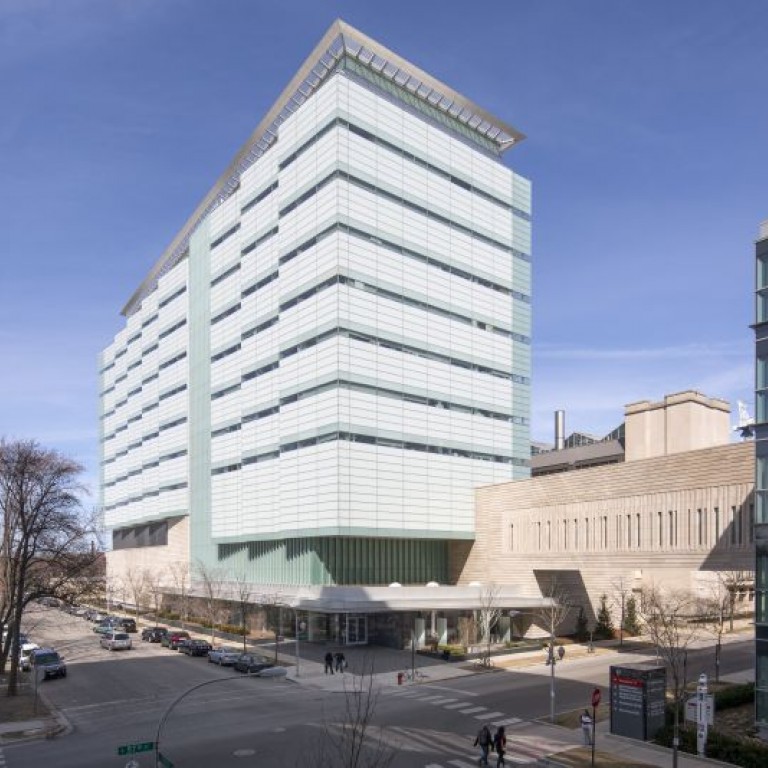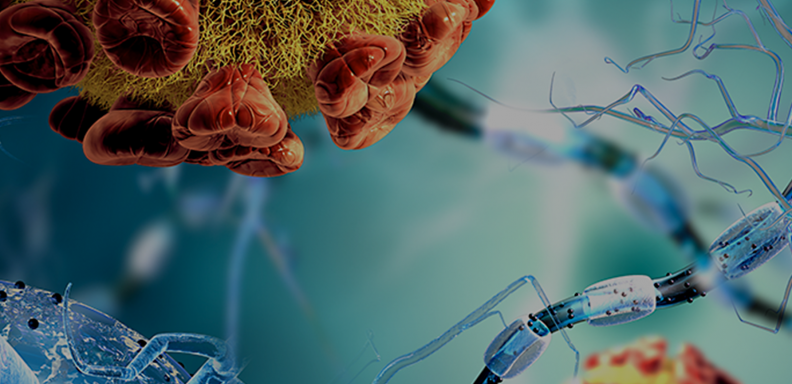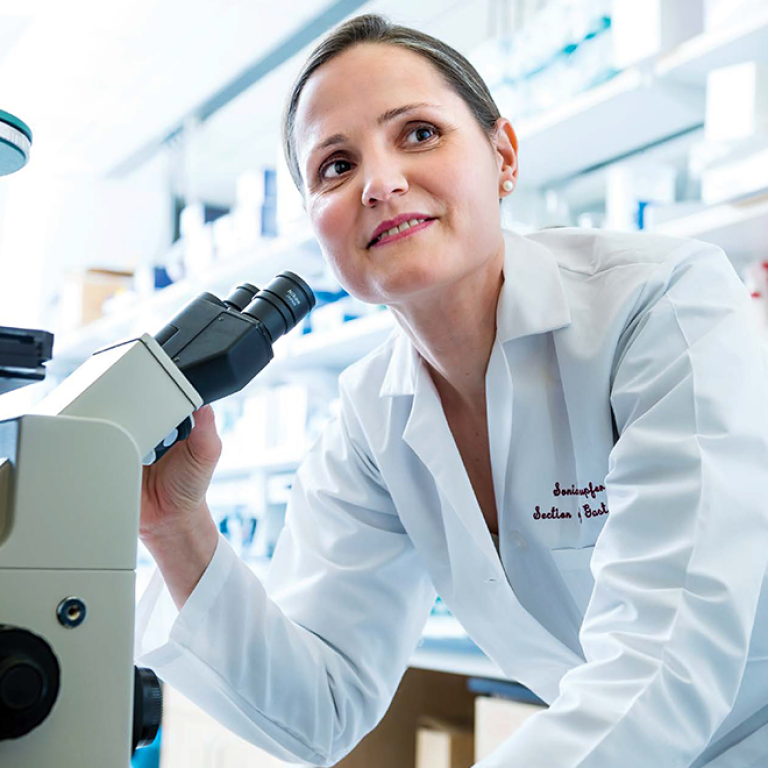In a new clinical study published in JAMA Oncology, researchers from the University of Chicago Medicine Comprehensive Cancer Center have reported novel therapy with addition of immunotherapy, nivolumab to neoadjuvant chemotherapy, nab-paclitaxel, and carboplatin resulted in tumor shrinkage that led to decreased local treatments in majority of oropharyngeal cancer patients associated with human papillomavirus (HPV).
HPV infection is a major risk factor for oropharyngeal cancer (OPC), which is a type of head and neck cancer that affects the region including the tonsils, base of tongue and back of the tongue. The number of HPV-positive (HPV+) OPC cases are on rise especially in young adults in United States. The most common treatments for this type of cancer are chemotherapy, radiotherapy, or a combination of the two. Although these therapies can be effective, they also cause toxic side effects that can compromise the patients’ ability to swallow, speak and eat.
Neoadjuvant therapy to lower toxicity
The head and neck cancer research team at the University of Chicago had been working for a long time on developing treatment regimens that can significantly lower treatment-related toxicity without compromising treatment effectiveness and tumor control.
In 2019, Everett Vokes, MD, John E. Ultmann Distinguished Service Professor of Medicine, and his team tested a less aggressive combination treatment in order to reduce treatment-related side effects and improve quality of life with excellent cure rates. The trial, named OPTIMA, involved up-front treatment with a regimen of chemotherapy drugs nab-paclitaxel and carboplatin. This strategy, known as neoadjuvant therapy, has resulted better outcomes for many cancer types because shrinking the tumor with chemotherapy and radiation therapy before standard treatment results in smaller tumors and less of a chance the tumor will come back.
What made OPTIMA unique is that instead of standard treatment, Vokes and colleagues followed a “de-escalation” strategy where chemo and radiotherapy doses were reduced based on how the cancer responded to treatment.
The first OPTIMA study produced encouraging results; 90% of patients on the de-escalated regimen reported less toxicity with excellent long-term survival. “This appeared to be a very good treatment strategy to destroy the cancer and improve functional outcomes without debilitating long-term side effects,” said Ari Rosenberg, MD, Assistant Professor of Medicine at University of Chicago Medicine.
Immunotherapy in HPV+ OPC patients
Recent developments in immunotherapies, such as anti-PD-1 inhibitors, combined with chemotherapy have shown promising results in improving survival rates in repeated and/or metastatic OPC patients; however, immunotherapies have not been tested in the curative setting where the cancer is completely eradicated to bring the patient’s health back to pre-cancer condition.
Following the success of the original OPTIMA trial, Rosenberg and colleagues conducted the OPTIMA II trial to test whether the addition of neoadjuvant immunotherapy, nivolumab to chemotherapy, nab-paclitaxel and carboplatin followed by locoregional treatments would lower toxicity effects and improve cure rates in HPV+ OPC stage III and IVB patients.



